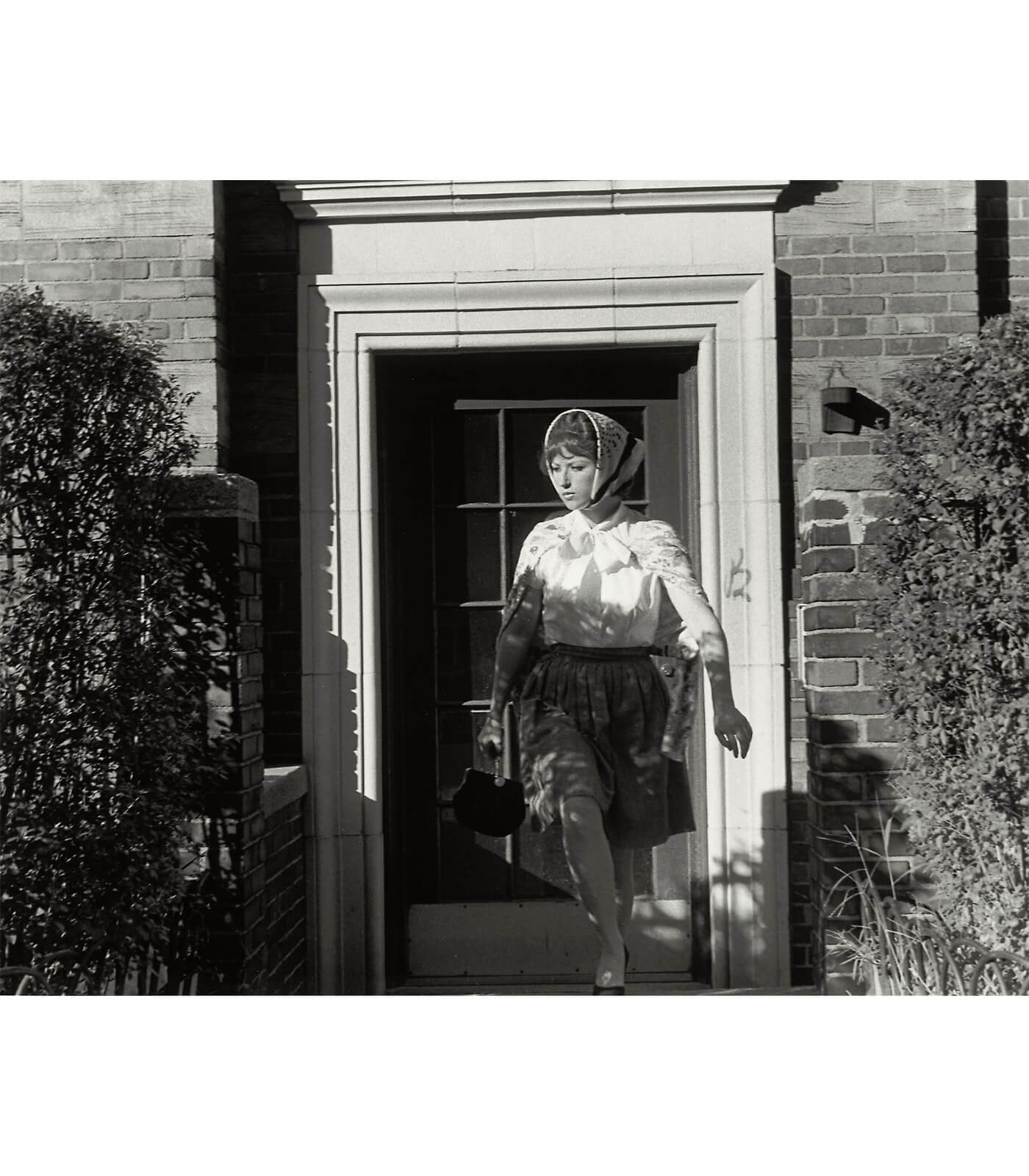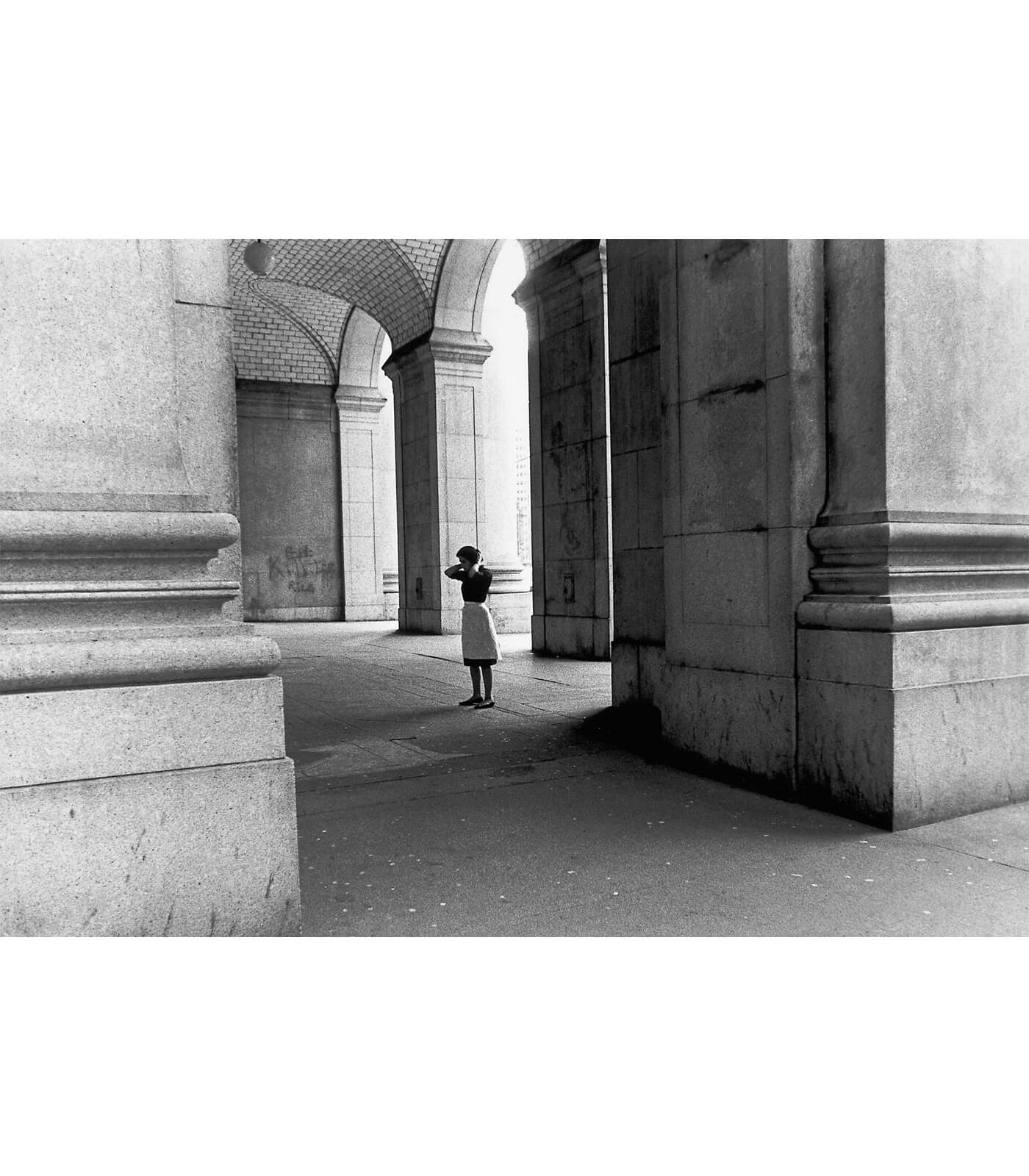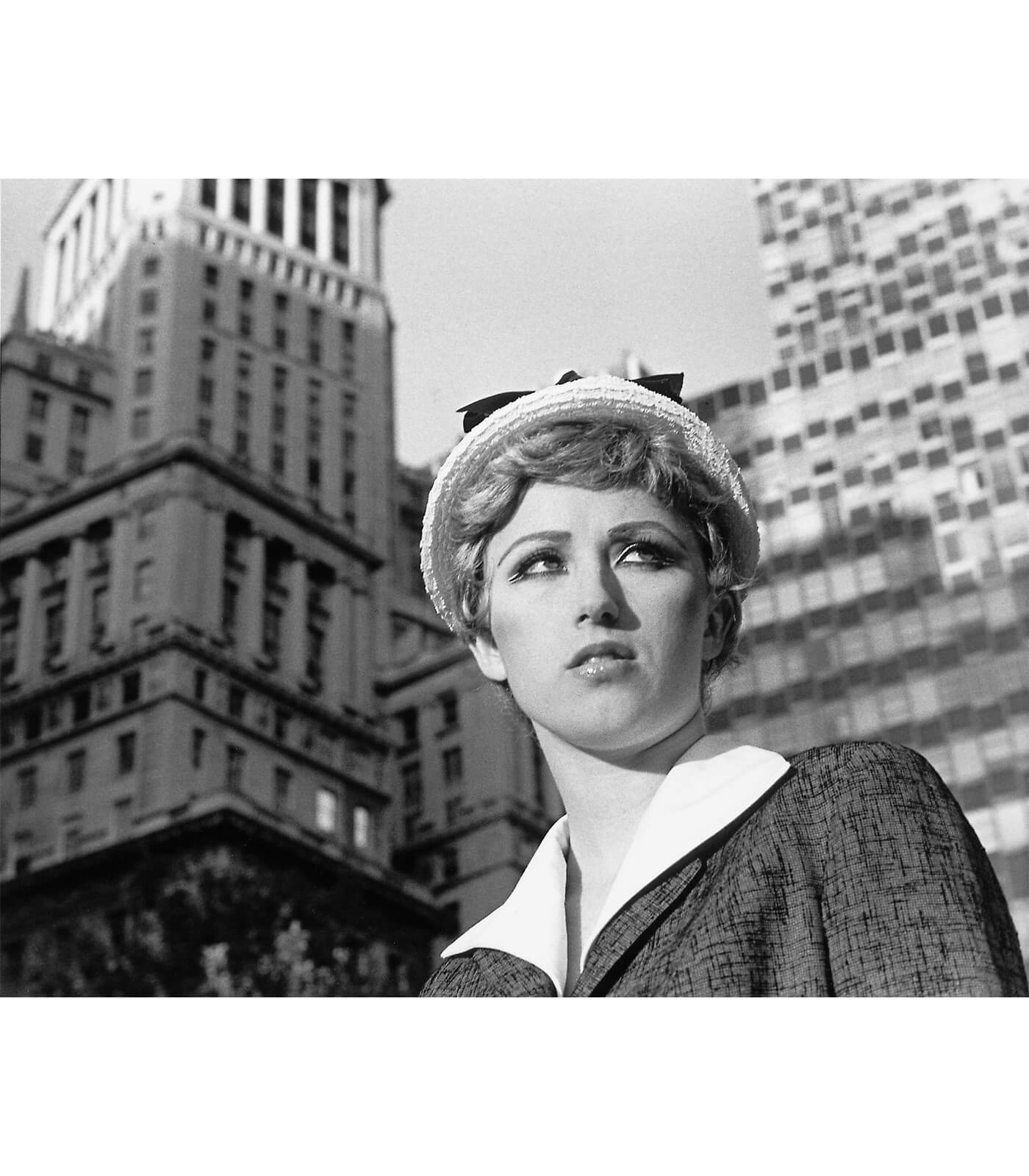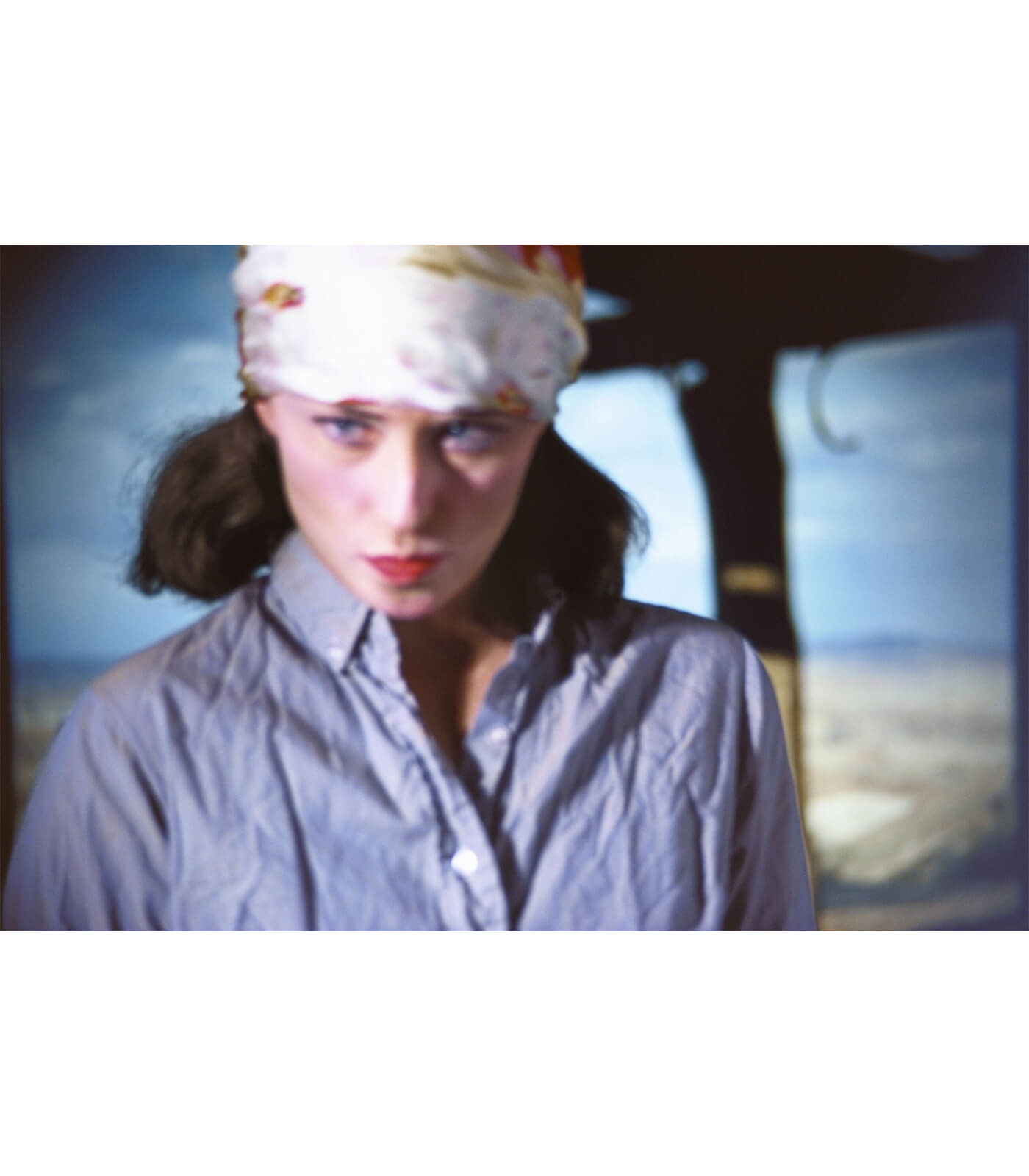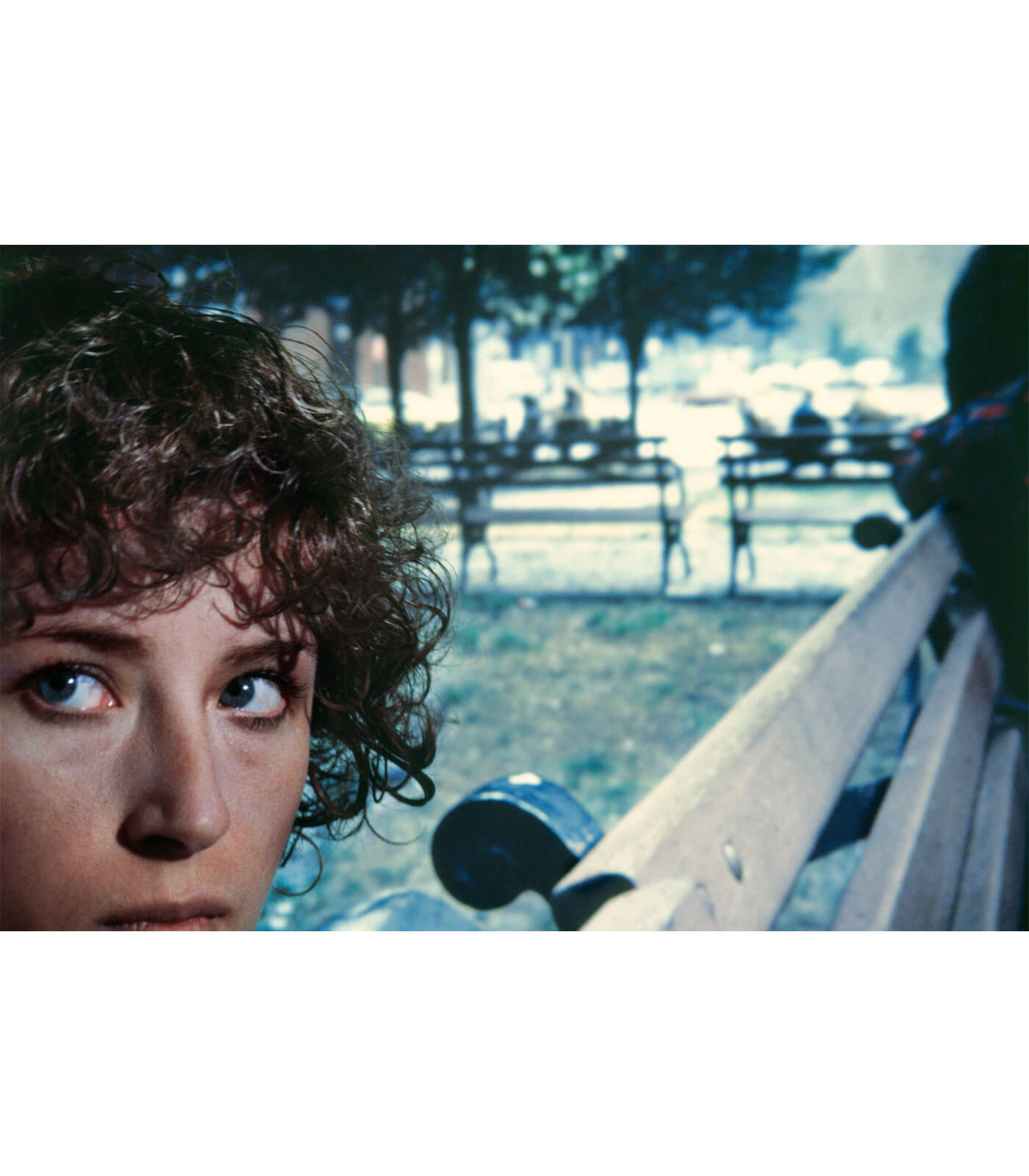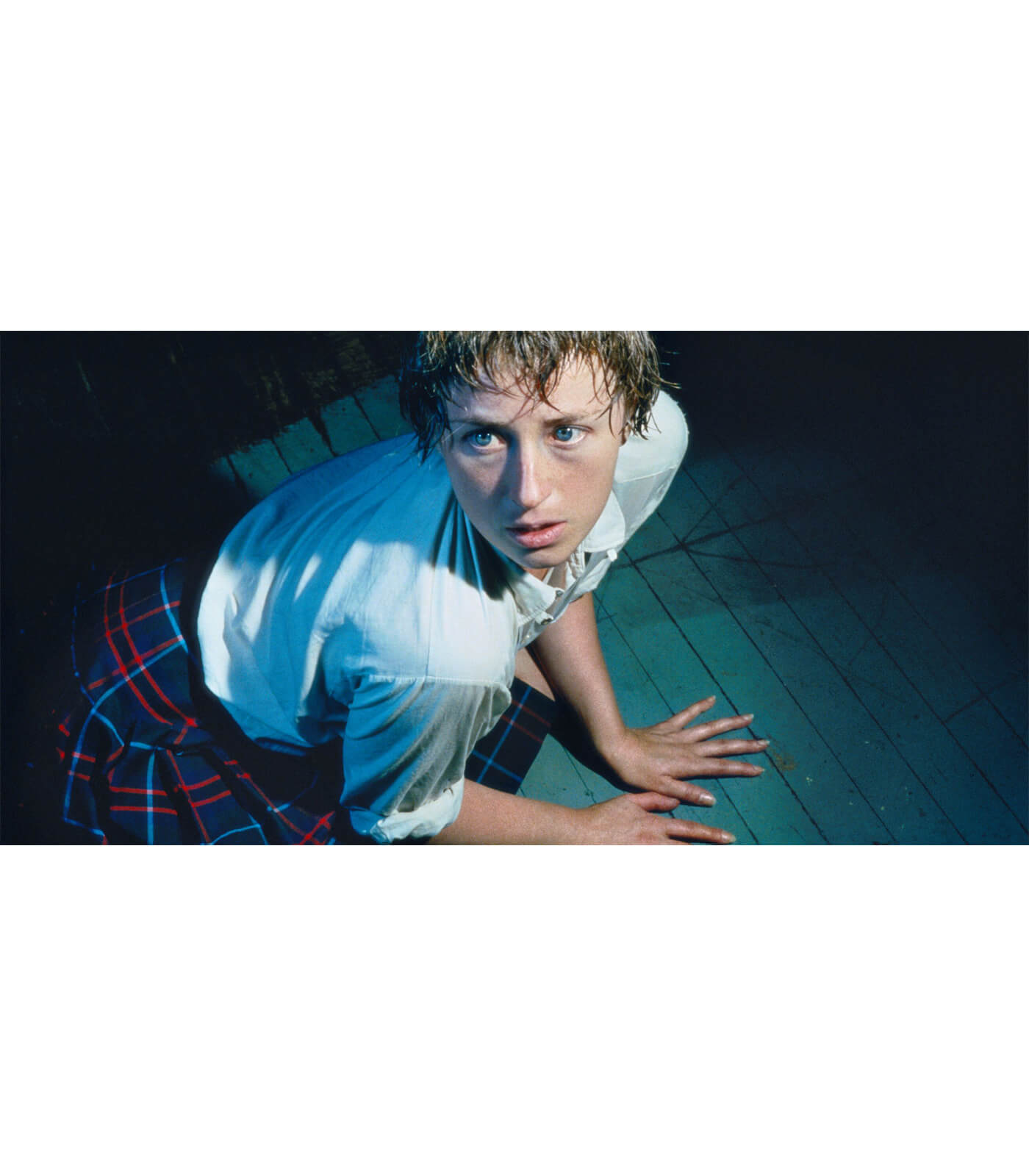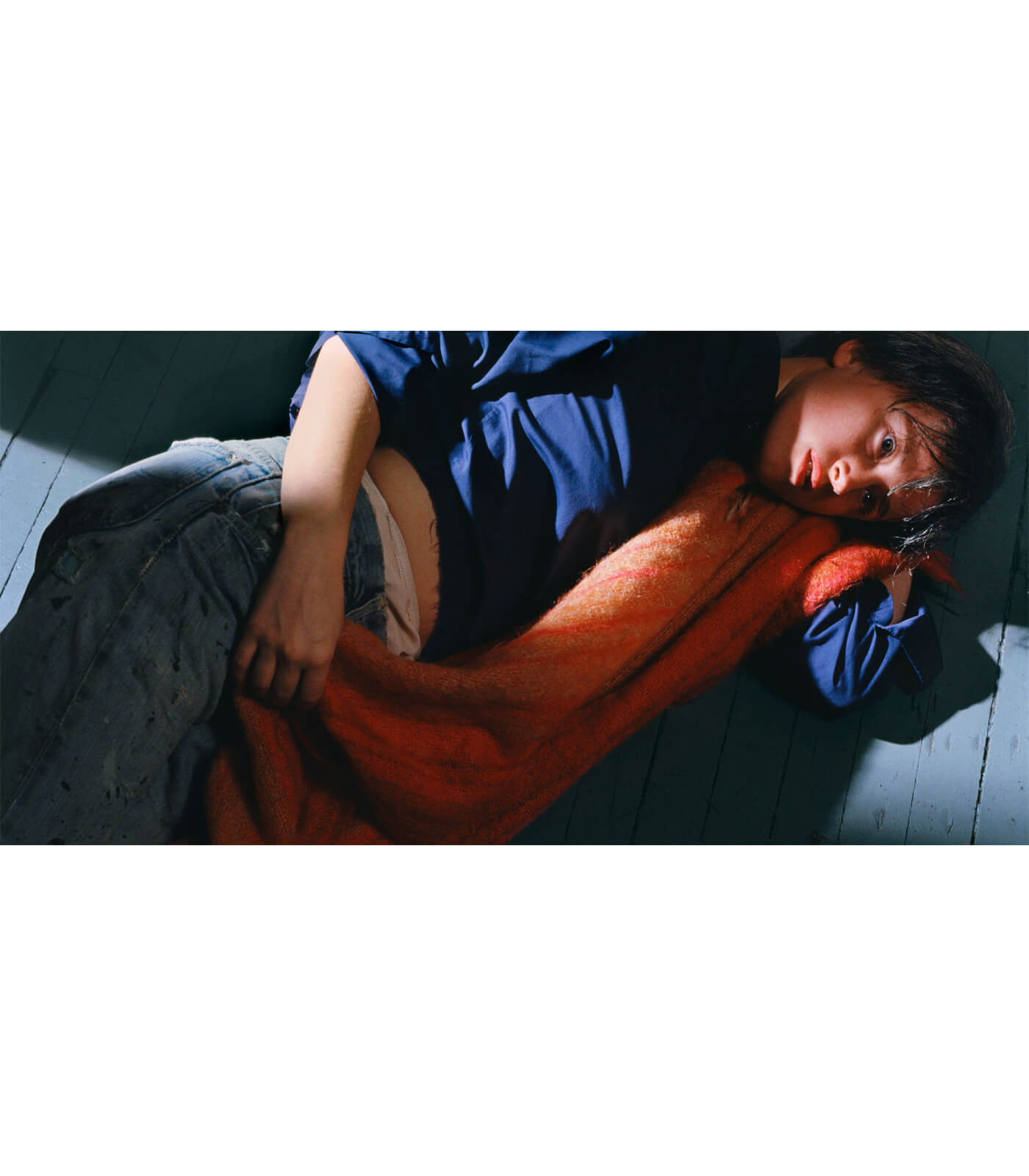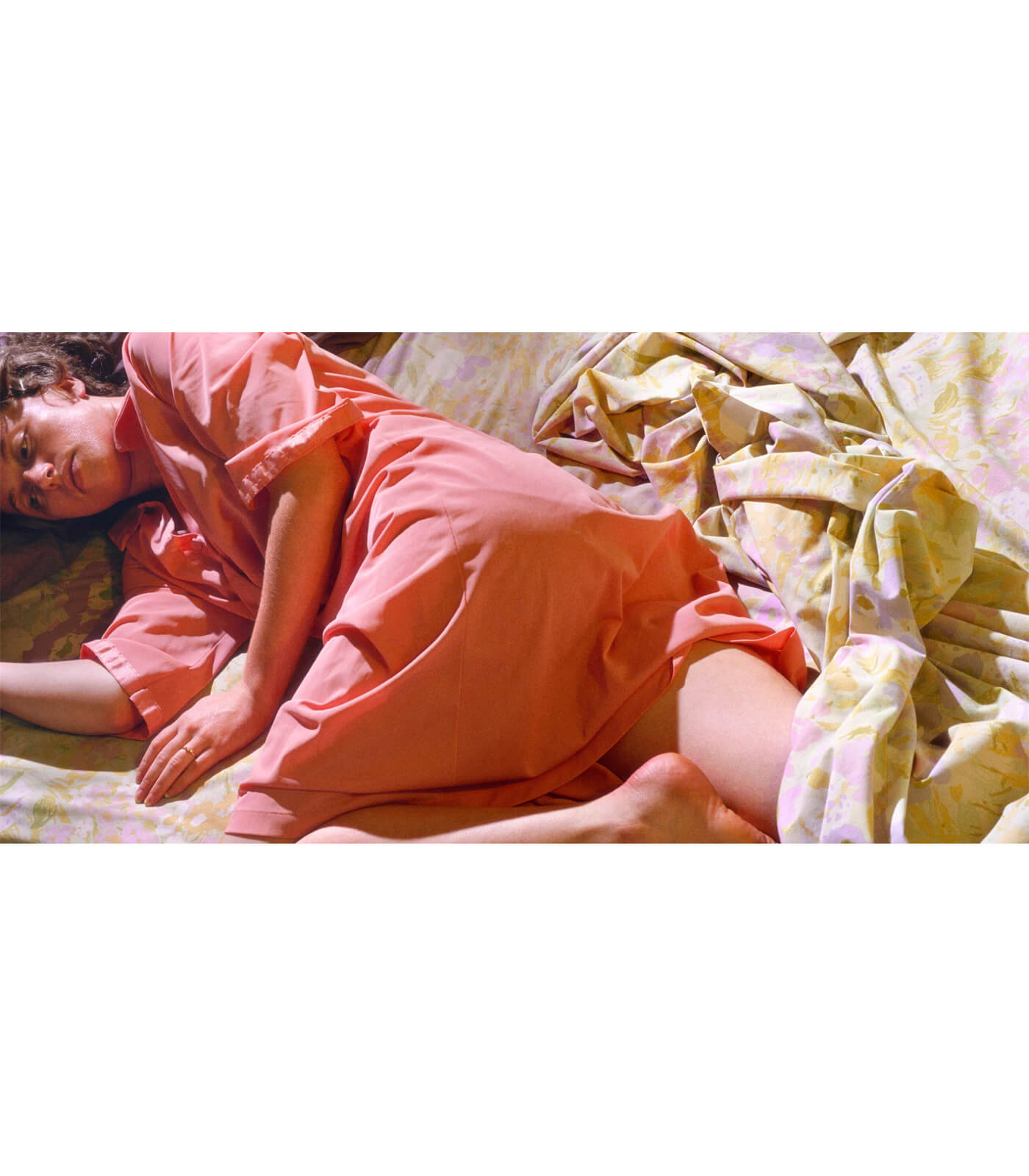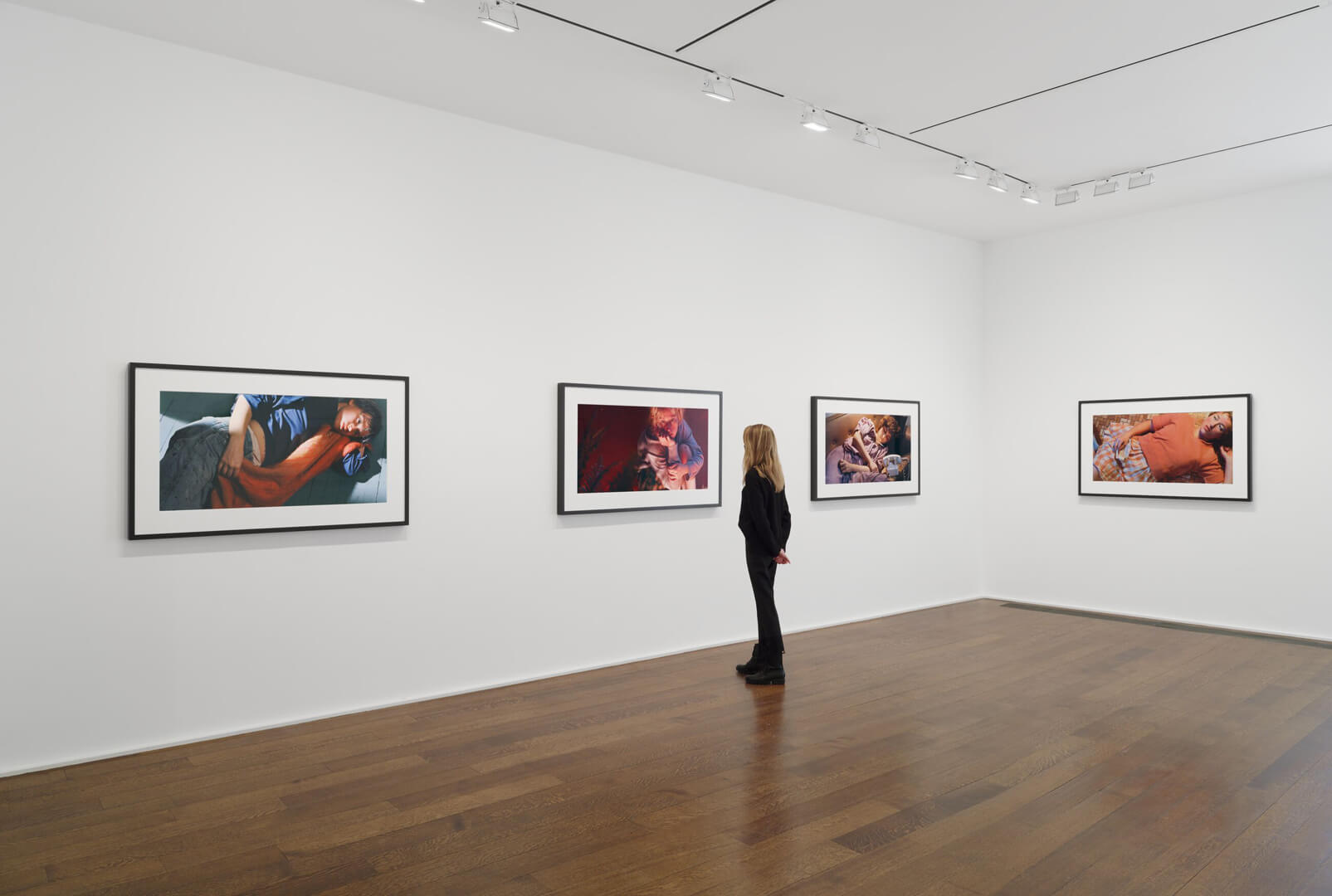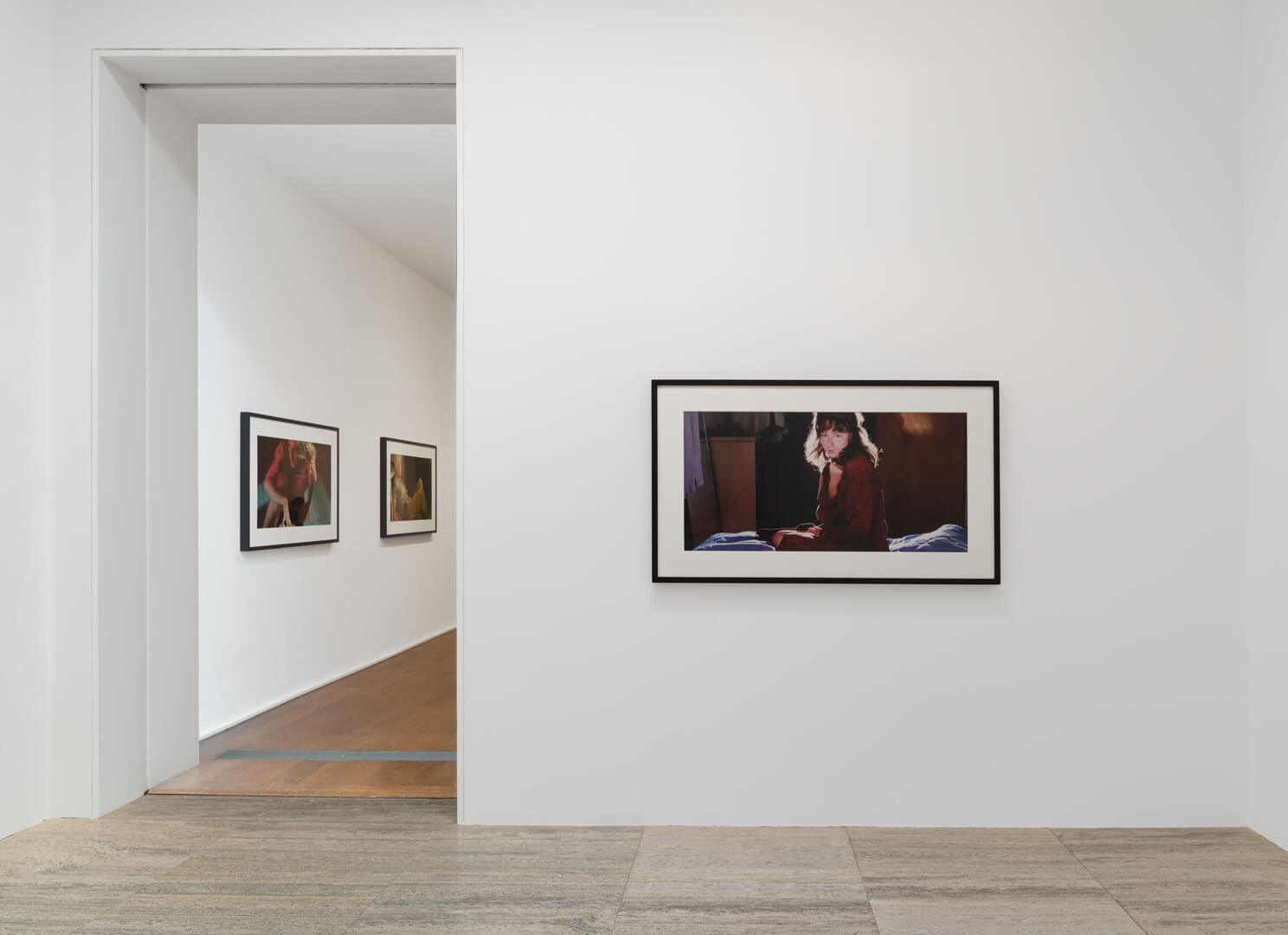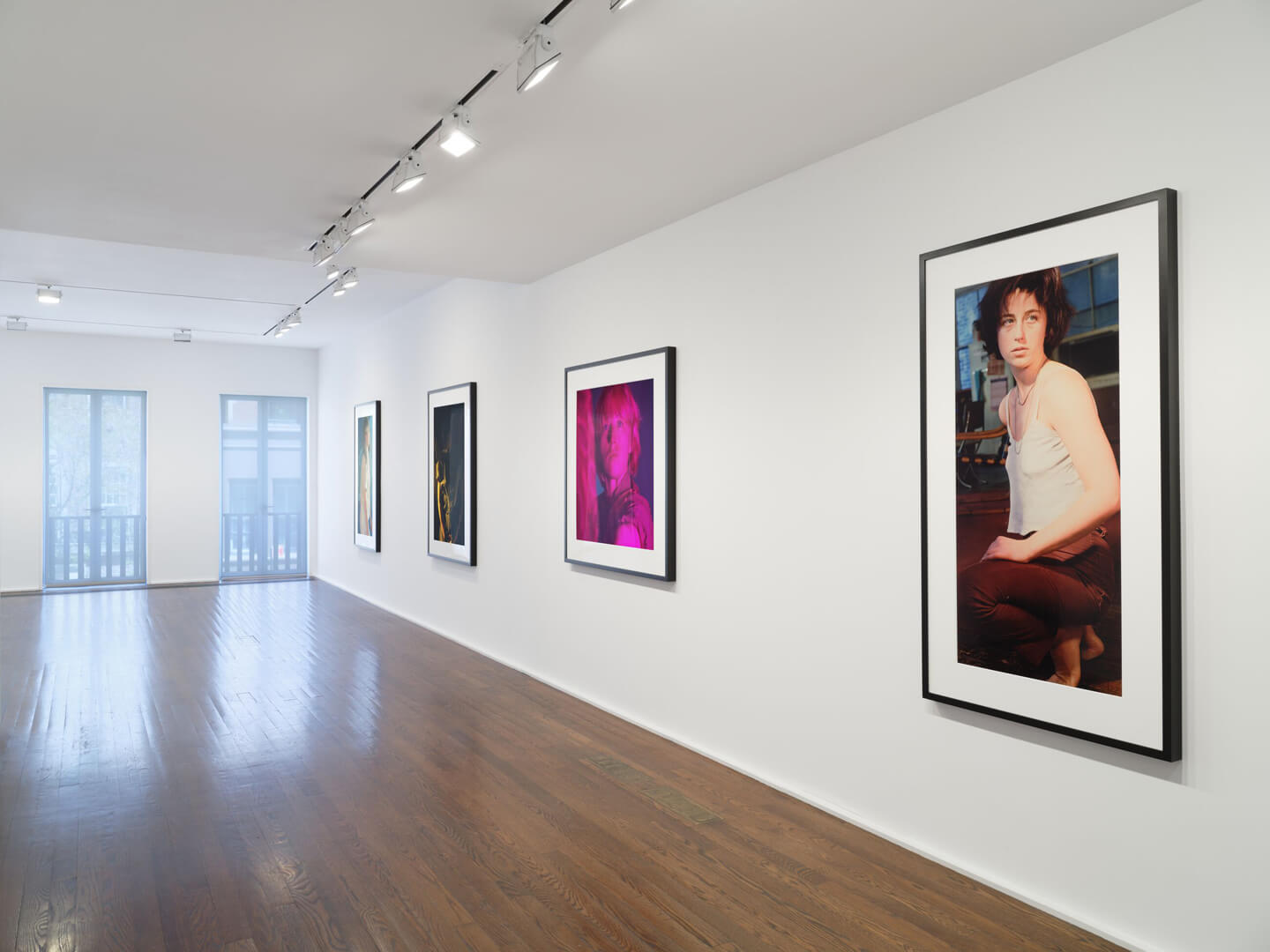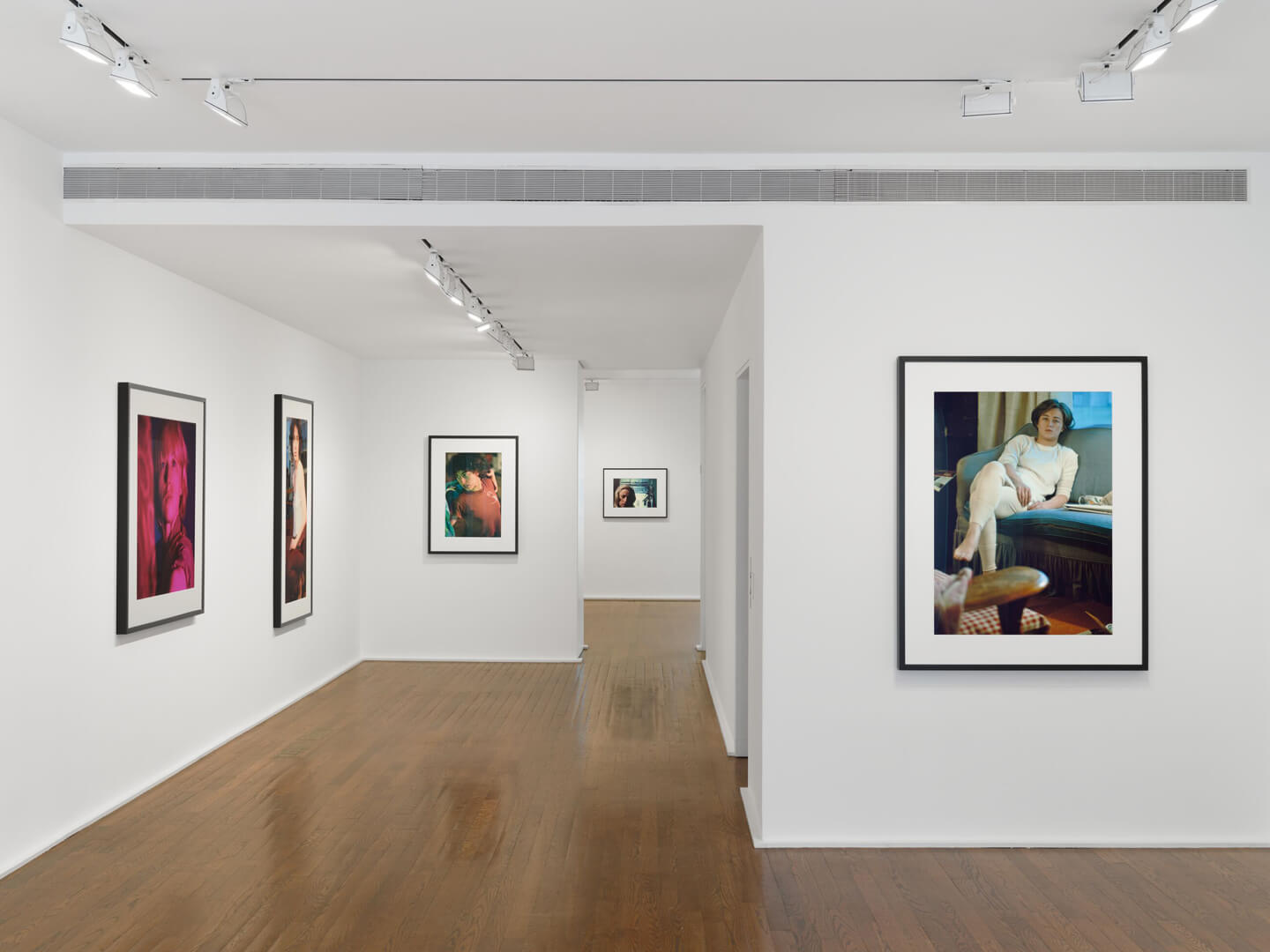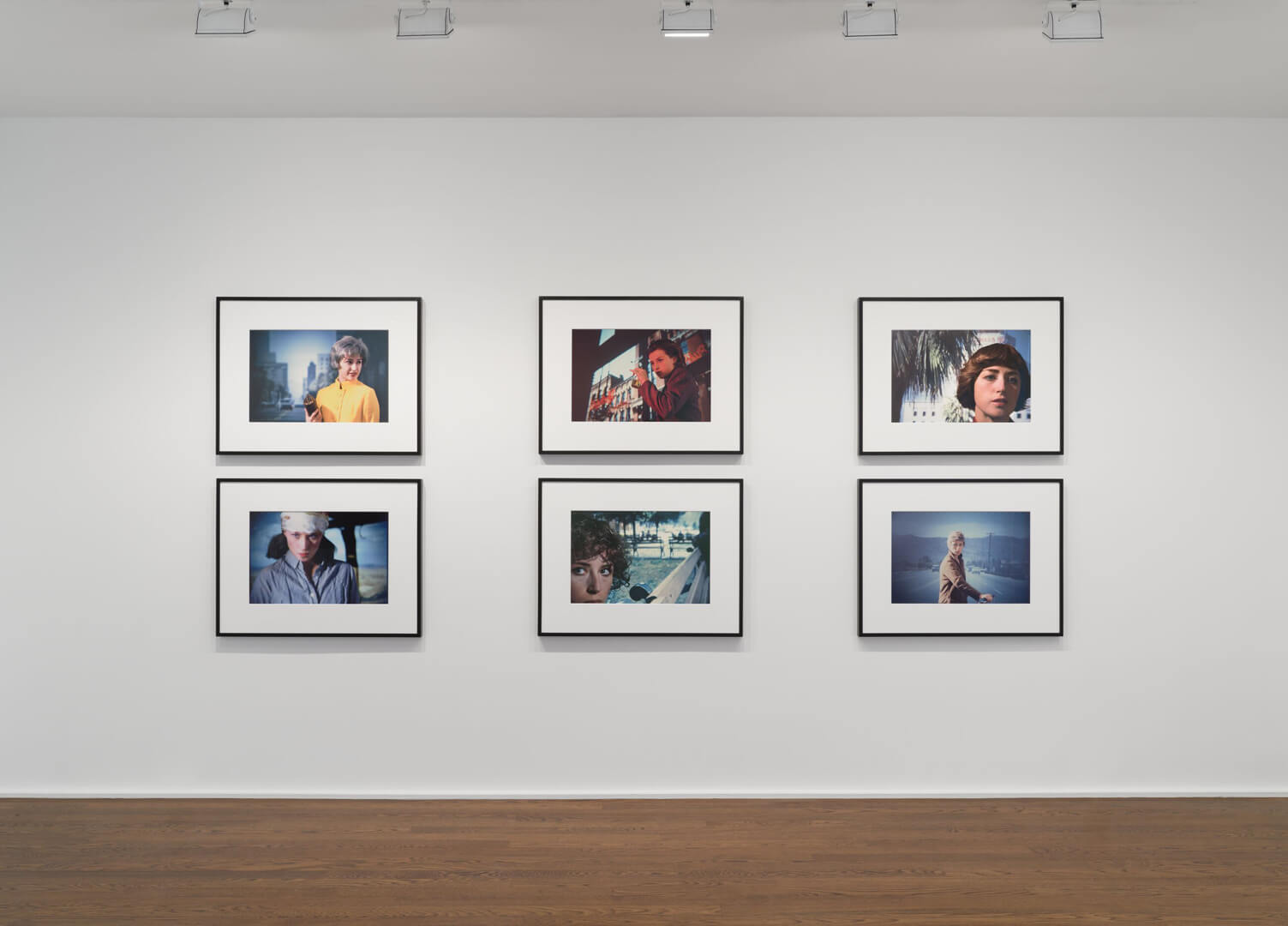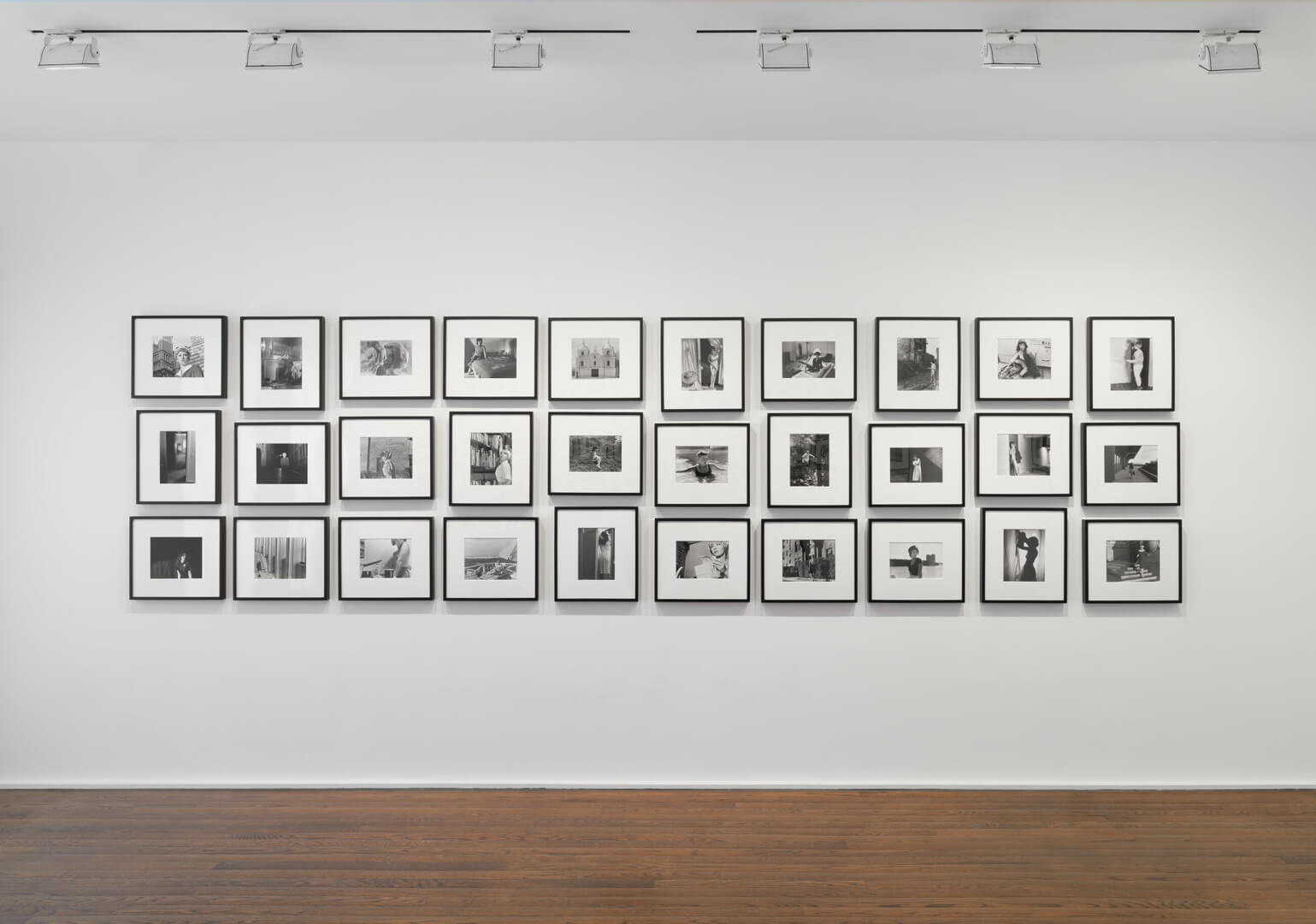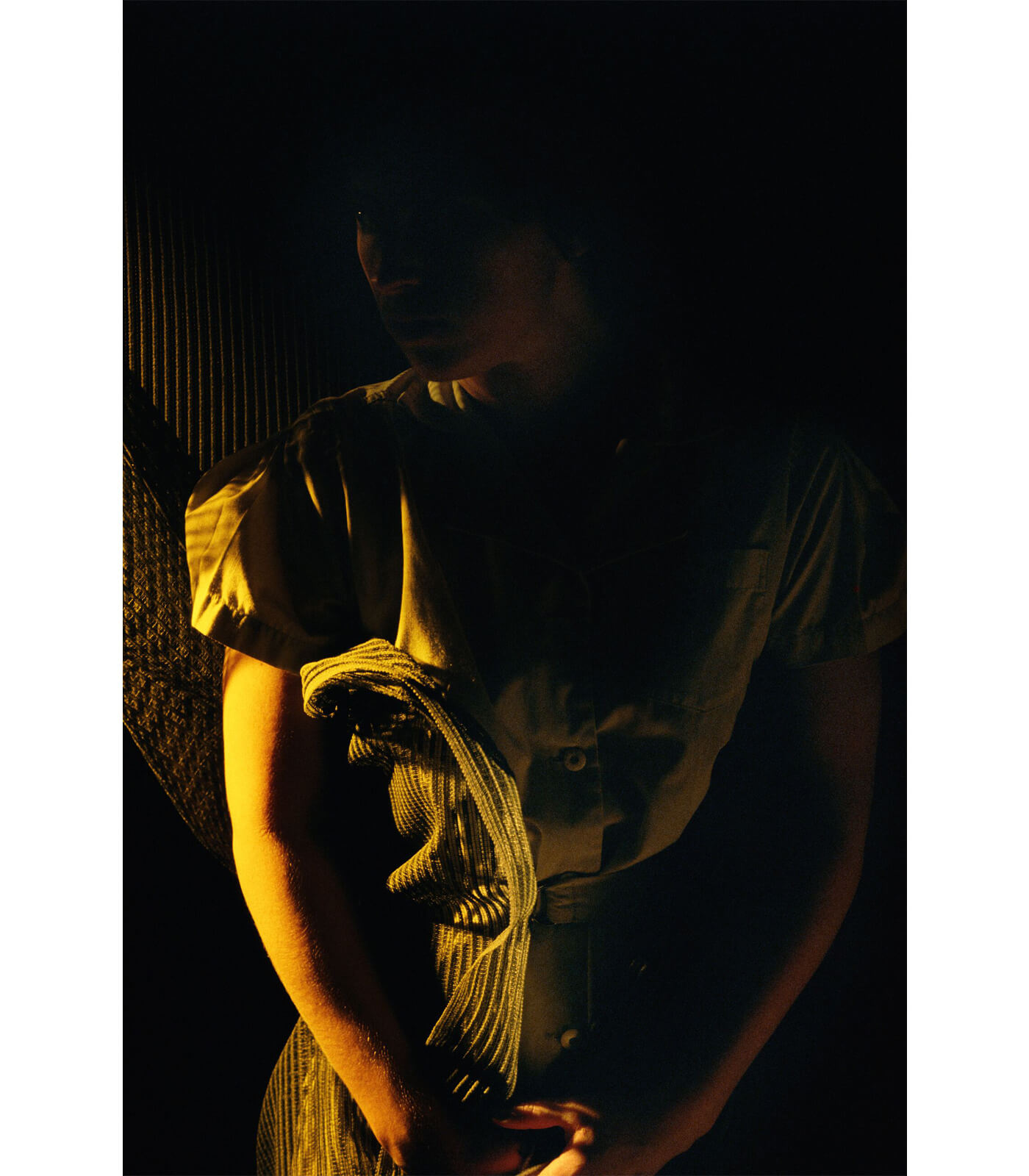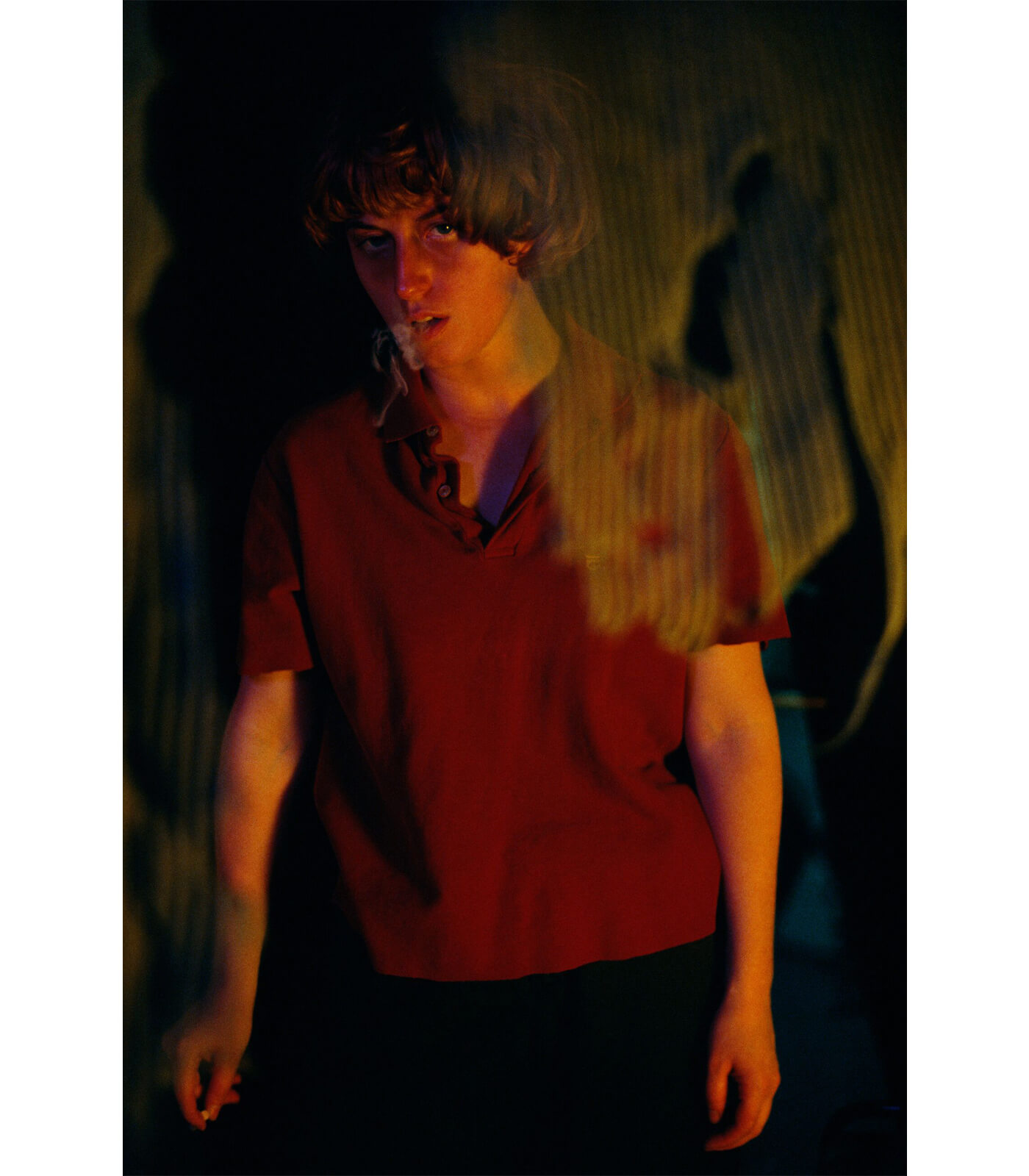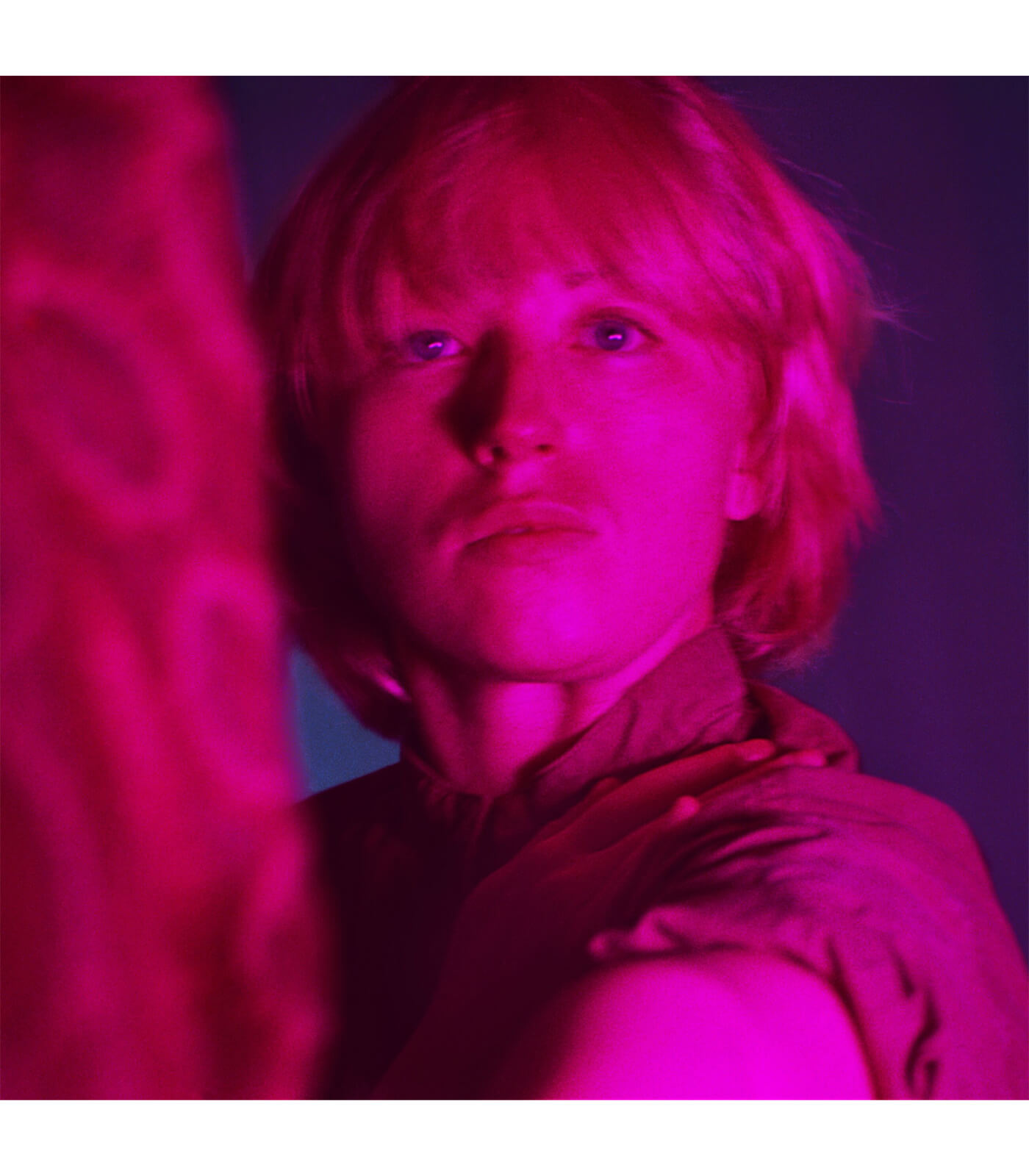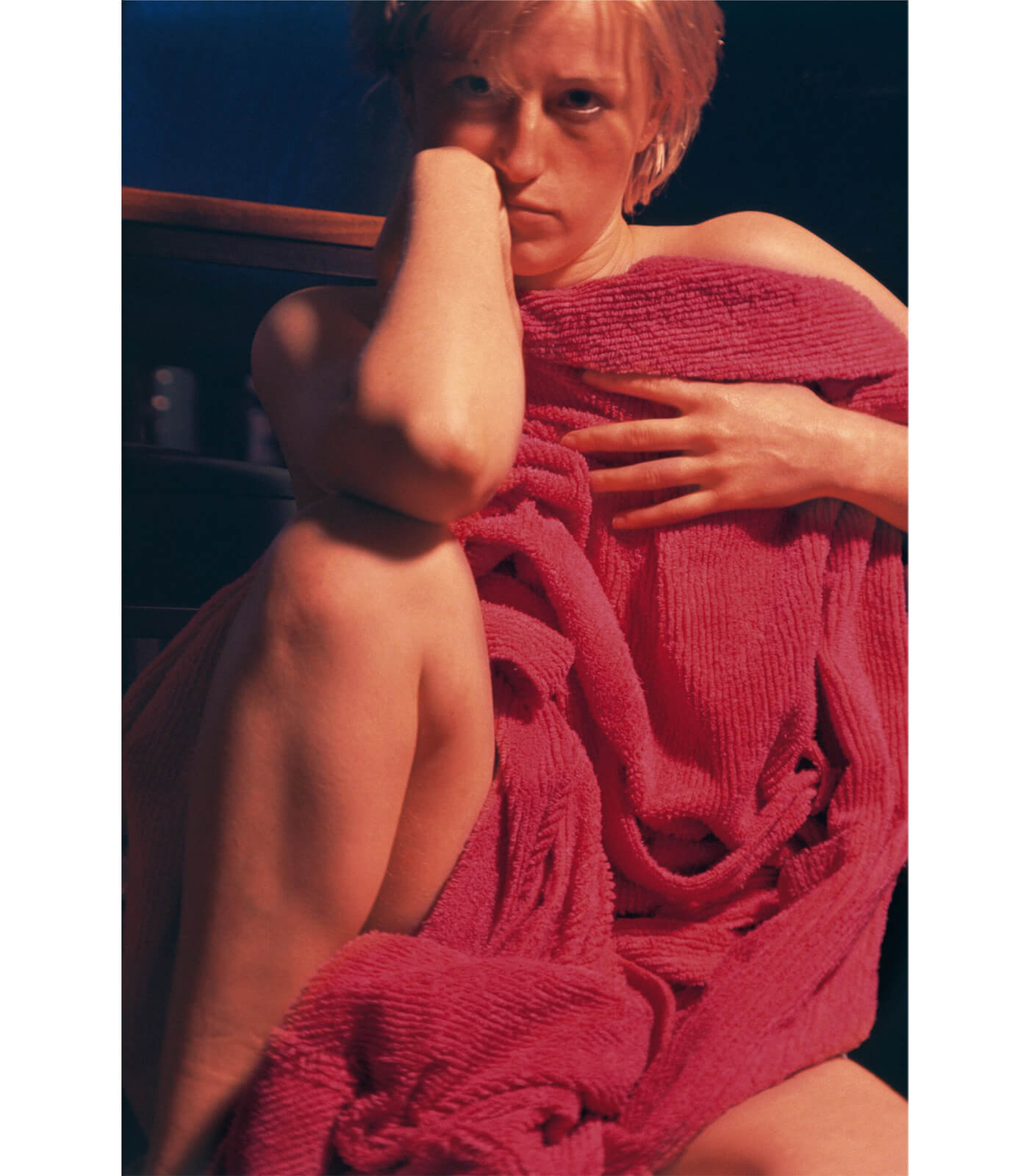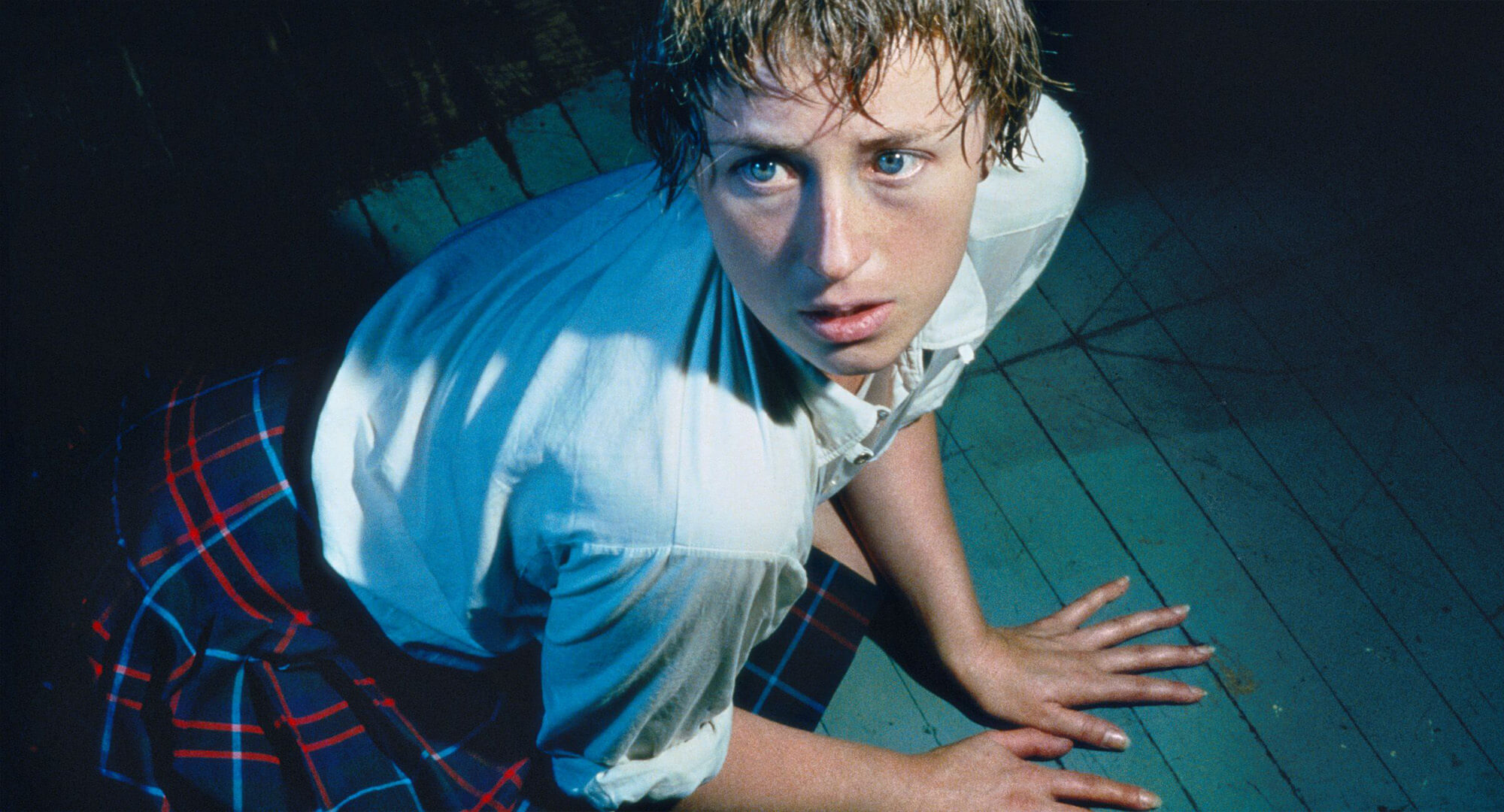
Cindy Sherman
1977–1982
4 May – 29 July 2022
New York, 69th Street
Widely recognized as one of the most important American artists of her generation, Cindy Sherman revolutionized the role of the camera in artistic practice and opened the door for generations of artists and critics to rethink photography as a medium.
Cindy Sherman’s Enduring Legacy
Listen to creatives from the worlds of art, literature and fashion—Eva Respini, Avery Singer, Lauren Oyler, and Gabriella Karefa-Johnson—reflect on Sherman’s influence.
Untitled Film Stills (1977 – 1980)
This iconic series of eight-by-ten-inch black-and-white photographs was originally conceived as a group of imaginary film stills from a single actress’s career. Inspired by 1950s and ‘60s Hollywood, film noir, B movies, and European art-house films, Sherman’s plethora of invented characters and scenarios imitated the style of production shots used by movie studios to publicize their films. The images are evocative of certain character types and genres, but always intentionally ambiguous, leaving room for the viewer to insert themselves into the work and walk away with their own interpretations.
Rear Screen Projections (1980)
In 1980, Sherman stopped making the Untitled Film Stills and began working in color. She continued to use herself as a model, transforming her appearance with various costumes, makeup, and wigs, leaving the narrative of her scenes deliberately vague. However, instead of making use of existing light and locations, Sherman brought her work back into the controlled environment of her studio, posing in front of locations projected onto a large screen – a technique made famous in several of Alfred Hitchcock’s films – to create the series now known as the Rear Screen Projections. Unlike the Untitled Film Stills, with their artificial narratives set in real locations, this series presents women no longer bound by their physical surroundings.
Centerfolds (1981)
Continuing her exploration of the tension between artifice and identity in consumer culture, in 1981 Sherman responded to a commission from Artforum magazine, with a series of images which clearly referenced erotic images commonly found in the middle of men’s magazines at the time. The photographs were ultimately never published by the magazine for fear of public backlash and instead became a critically acclaimed series of 12 large-scale horizontal color works known as the Centerfolds. Designed to make viewers uncomfortable, the series continues to challenge expectations surrounding this type of photograph, drawing attention to the way we consume images – especially of women.
‘I’m disappearing in the world, rather than trying to reveal anything. It’s about obliterating, erasing myself and becoming something else.’
—Cindy Sherman
“Art Innovator: Cindy Sherman,” WSJ – The Wall Street Journal Magazine (November 2019)
Color studies (1981 – 1982)
This series derives its name from the artist’s focused interest in the formal challenges of composition and color, forgoing the invention of character, expressed by the ways in which the subject seems to disappear into the background. Many critics and writers have interpreted these works as showing the ‘real’ Cindy Sherman but, in-keeping with her other series, they are a complete fabrication. The tight framing, the truncated figure and strongly contrasting light as the figures are simultaneously obscured and revealed by shadow and light, are all part of this artifice.
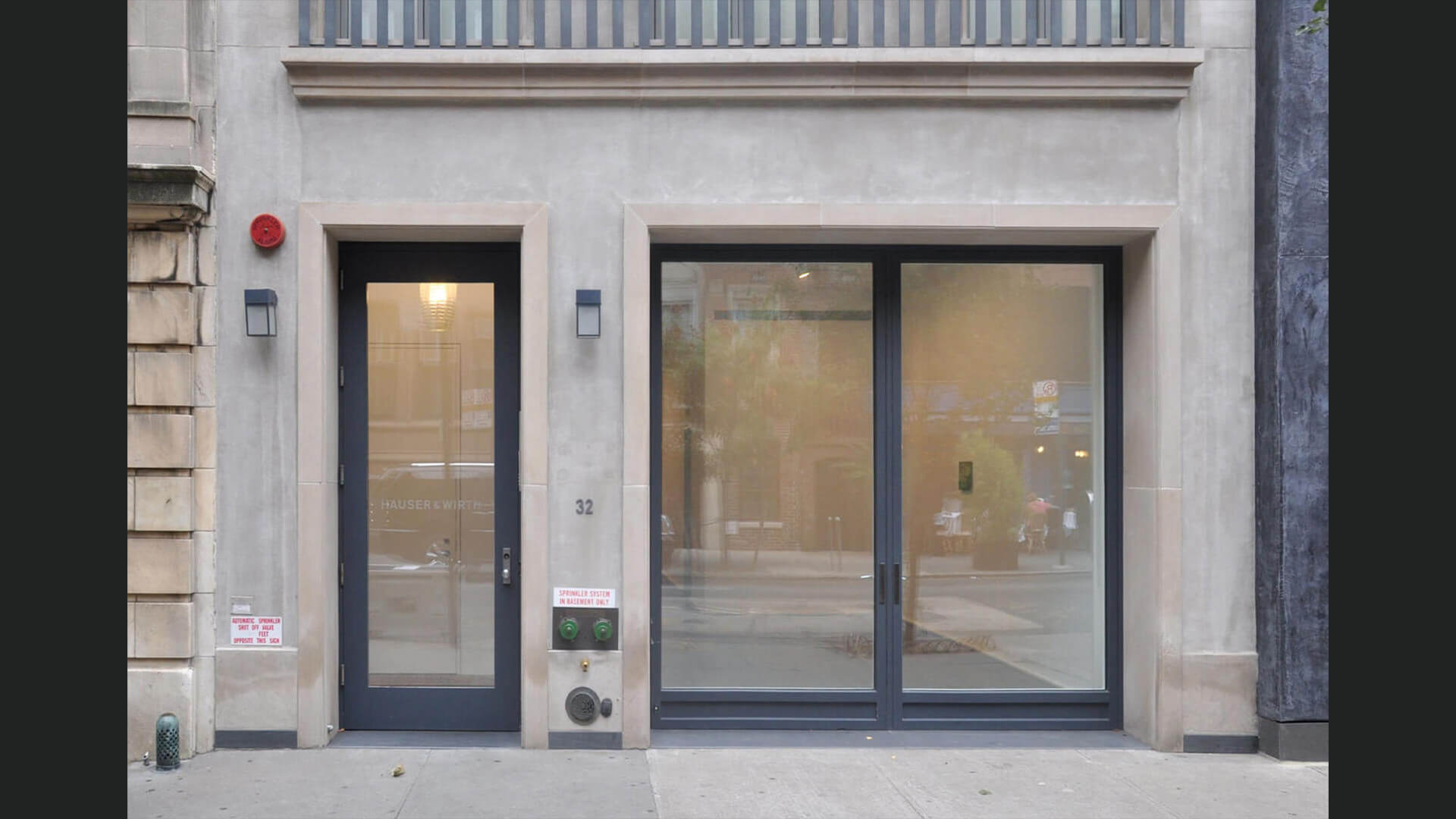
On view in New York
‘Cindy Sherman. 1977 – 1982’ is on view now through 29 July 2022 at Hauser & Wirth New York, 69th street.
About the Artist
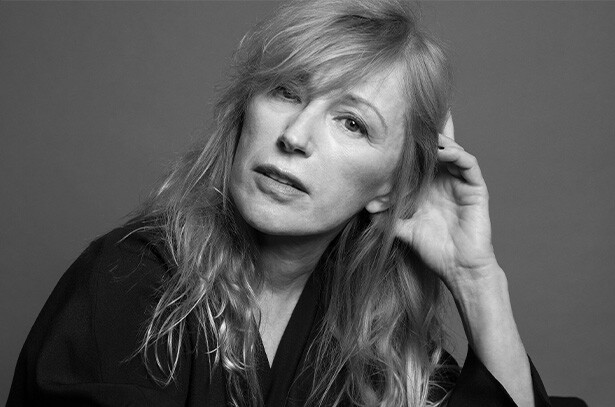
Cindy Sherman
Inquire about available works by Cindy Sherman
Current Exhibitions
1 / 12
